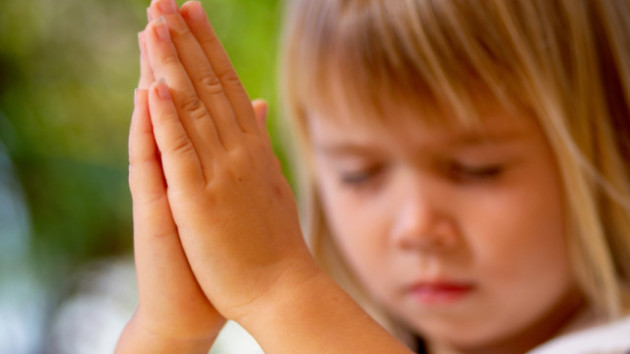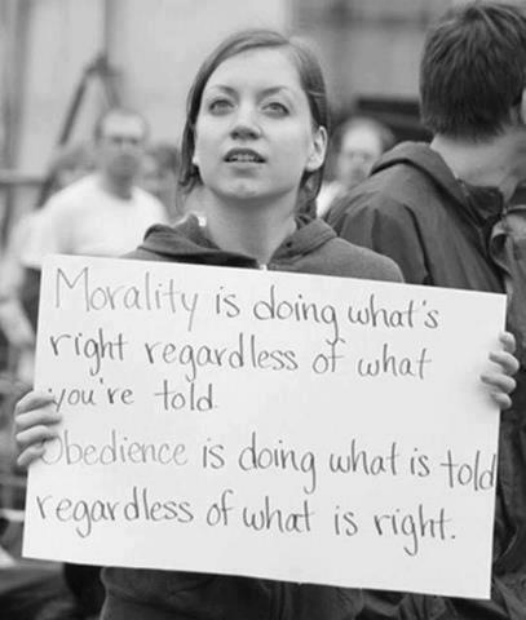Time to rethink the national school based bullying campaign: Can bullying be a good thing?
When I went to public school during the 1960s in St. Louis, Missouri I experienced what was then called “peer pressure.” Today peer pressure has a new name – “bullying.” It is my experience that there are two kinds of peer pressure (bullying), the good kind and the bad kind.
Examples of positive peer pressure (bullying) include: don’t drink or use drugs, don’t drink and drive, don’t smoke, don’t have pre-marital sex, don’t hit anyone (unless in self-defense), don’t rob or steal, don’t cheat on tests, don’t lie, don’t play hooky (be a truant) from school, brush your teeth once a day (who likes a kid with bad breath and cavities?), etc. Examples of bad peer pressure are to bully students into engaging in any or all of these bad behaviors and many more.
What is the background and history of the bullying program in all public and some private K-12 schools?
In early 1993, Kevin Jennings authored the Education Committee report for the revolutionary Massachusetts ―Governor‘s Commission on Gay and Lesbian Youth titled Making Schools Safe for Gay and Lesbian Youth: Breaking the Silence in Schools and in Families. This was the template for the “Safe Schools” (bullying) programs in the Massachusetts Department of Education. Kevin Jennings, while President Obama’s former Safe Schools Czar from 2009 to 2011, expanded his anti-bullying campaign nation wide.
A recent example of the expansion of the on campus bullying campaign to off campus activities is in the Sarasota County Florida School Board policy 106.147. The policy states in part:
(d) Through the use of data or computer software that is accessed at a non school-related location, activity, function, or program or through the use of technology or an electronic device that is not owned, leased, or used by a school district or school, if the bullying substantially interferes with or limits the victim’s ability to participate in or benefit from the services, activities, or opportunities offered by a school or substantially disrupts the education process or orderly operation of a school. This paragraph does not require a school to staff or monitor any non school-related activity, function, or program. [Emphasis mine]
Dr. Beverly Newman, Ed.D. in an email to Darrell C. Reyka, Director, Safety and Security for Sarasota County Schools states:
“Perhaps I have misread or misinterpreted the language you are proposing relative to acts that are deemed to be ‘bullying,’ since I have the understanding that the school system is seeking legal authority for expansive surveillance of students on-site and off-site (through reporting mechanisms) to monitor and punish students. My concerns center around said expansive surveillance and its psychological and legal consequences to children, such that it can become a mass data collection system on students and easily revert to a system by which students are reported by other students, their parents, or someone else for acts that are unkind and/or unwise in a type of reverse bullying, if you will.
I know of no research that proves increased surveillance of children is psychologically sound for them or academically beneficial. It is my observation over decades of classroom and administrative experience that the opposite is true. Children do not benefit from perceiving themselves to be objects of scrutiny, rather than recipients of true concern for their total well-being. Technology can never convey this human quality to children.”
Is it time to rethink this policy being aggressively implemented in elementary, middle and high schools in Florida and across the United States? Many believe so.
Dr. Newman writes, “As a school administrator for dozens of years, I concluded that over-surveillance of students can be counterproductive to learning and good conduct, in that it is an ever-present challenge to those who relish their ability to be deceptive and sneaky. Starkly, the schools with the most sophisticated and extensive surveillance systems – even in affluent areas – did not receive the results they anticipated in improving either learning or student conduct.”
“Morality is not a matter of electronic monitoring, but a matter of moral modeling and morale building. We do not build morale by keeping our children under the watchful ‘eyes’ of machines, instead of caring eyes of devoted parents and dedicated educators, who see a whole child in context rather than an isolated act out of context,” notes Dr. Newman.
A recent study found that ostracism is worse than bullying in adults. In the UK Mail Online Victoria Woollaston writes, “The famous quote claims the only thing in life worse than being talked about, is not being talked about – and a new study may have proved this to be the case. Being ignored at work has been found to be worse for a person’s health than people who are harassed or bullied. Researchers found that while most consider ostracism less harmful than bullying, feeling excluded is significantly more likely to lead job dissatisfaction, quitting and health problems.” Read more.
Is it time to rethink the issue of peer pressure in a good sense? It stopping bad behaviors early on in children a good thing? Should schools be encouraging, as many already are, avoiding bad behaviors that are unhealthy, harmful and wrong? Should only those who are encouraging bad behaviors be punished?
Educating yourself does not mean that you were stupid in the first place; it means that you are intelligent enough to know that there is plenty left to learn. Perhaps it is time to re-educate the educators and just let kids be kids.




Trackbacks & Pingbacks
[…] When I went to public school during the 1960s in St. Louis, Missouri I experienced what was then called "peer pressure." Today peer pressure has a new name […]
Comments are closed.